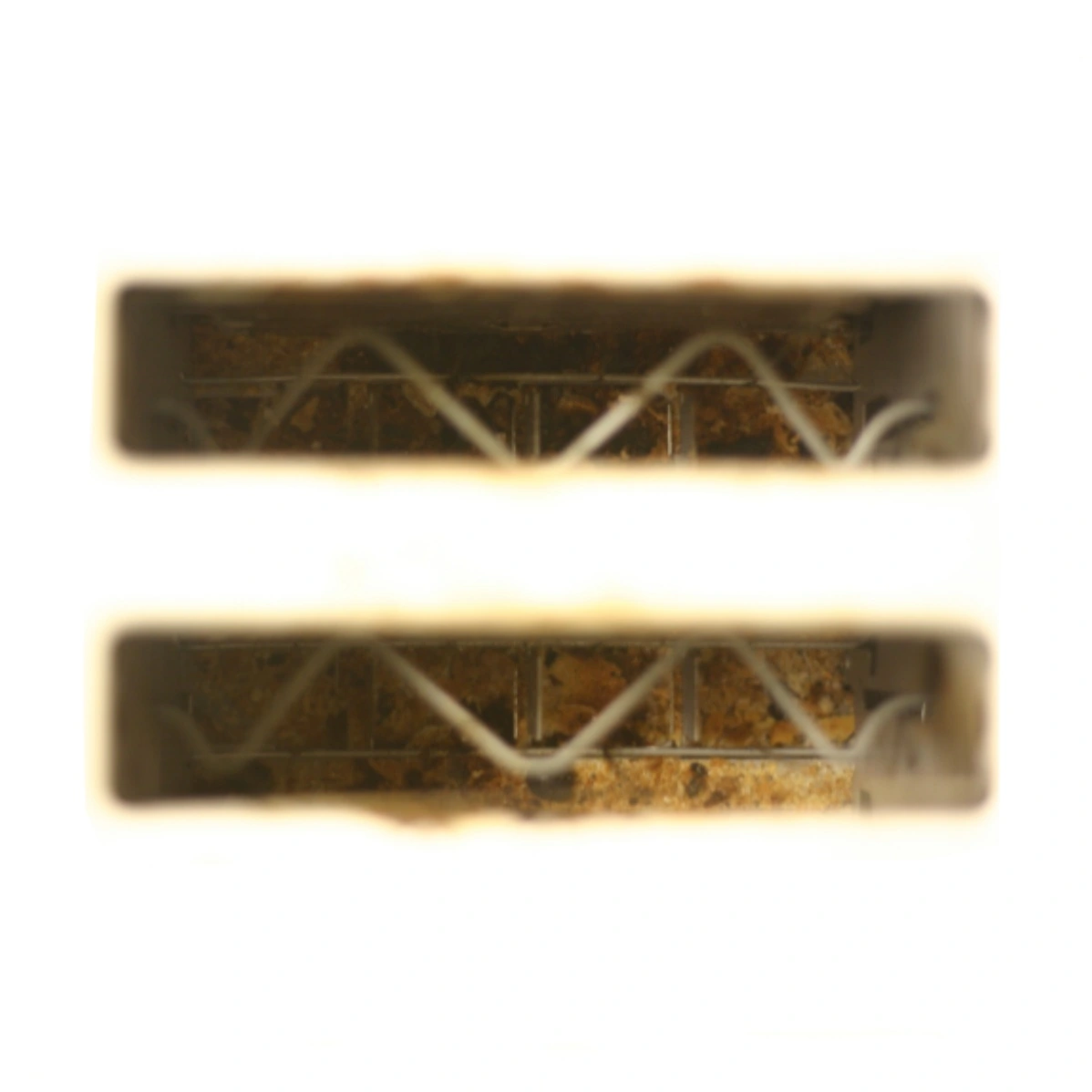- cross-posted to:
- fuckcars@lemmy.world
- cross-posted to:
- fuckcars@lemmy.world
cross-posted from: https://lemmy.world/post/15424245
A highway camera photo shows traffic in FortMcMurray jammed in the southbound lane of Highway 63 on the north side of the Athabasca River. The image was captured at 3:11 p.m. MT, about an hour after an evacuation order was issued for four neighbourhoods. (511 Alberta)
Evacuation order issued as wildfire threatening Fort McMurray draws closer https://www.cbc.ca/news/canada/edmonton/alberta-wildfire-grande-prairie-fort-mcmurray-1.7203695
This sub is absolutely nuts if it thinks mass transit, cycling or walking is going to be a more practical option for evacuation.
How is mass transit not more practical? You get hundreds of people on a single train, get them to a safe spot, and support the population with last-mile transit.
You can route as many extra trains as possible to go back and forth, getting way more people through.
OP’s photo has fewer people in just that pic than could fit on a train, and yet they’re all going to be sitting in traffic for hours, endangering everyone.
I think the problem is sending the trains back in. Depending on the reason for the evacuation it could be prohibitively dangerous. And then there are people waiting for the train to come back.
I don’t know what the solution is.
Possibly, but with the right planning, 5 trains within 30 minutes can get a few thousand people out.
This is assuming there’s actually a decent railway system built.
It’s very dependent in what city needs to be evacuated. I’ve lived in Ft McMurray, the city in this picture and its remote. It’s almost 500km from Edmonton, the next nearest big city, where most of these people will be evacuated to. Even if there was passenger rail service up to there each round trip would be over 10 hours. Evacuating almost 70k people by rail would not be feasible in this situation, not that it wouldn’t be a good option during an emergency in less remote city.
Cars take the most amount of space to transport the least amount of people. There are extremely densely populated cities all over the world that routinely move people in from hundreds of kilometres away every day for work. A single Japanese Shinkansen train can move 15,640,000 people per day and operate up to 500km/h. But even busses would suffice as the infographic below shows.

Trains have limited maneuverability, especially if the fire jumps ahead. At least in a car, you can choose to turn off onto a different route.
I would say an evacuation is one of the best use cases of cars I can think of. Cars are most likely packed with people and stuff and not just single drivers commuting. Everyone can start at a different point and - even more important - head into a different direction once you left the immediate surroundings of the evacuation zone. And cars are at - least temporarily - indepenent from energy infrastructure. If you have a power outage in an area, many cars will still have sufficient fuel or electricity in board to reach the next working petrol or charging station.
I just moved to a community that has a higher likelihood of forest fires. For the past weeks I wasn’t bothering to fully charge my electric car but with the fire season starting I decided to do the opposite. I’m going to keep my car between 70-80 percent charged so if we need to evacuate then we can take our vehicles and animals with us. I don’t want to leave the car near the house where it could explode in a fire.
why not open up the other side of the highway, the side where there are no cars, to accommodate the traffic?
This is definitely strange to me, but they might not be equipped to handle this. Here in Texas, as you go closer to the gulf coast/Houston, you’ll see hurricane markers on the side of the highways to indicate it’s an evacuation path. Both sides are turned into north/west flow for throughput. I imagine that comes with traffic coordination to keep normal traffic flow to the access roads
“Just need one more lane, that’ll fix it”
Also you can barely see one car coming in the other way. They didn’t get the memo.
In an evacuation scenario, more lanes would be better.
Not necessarily a good or safe idea to use the oncoming traffic lanes, but it could be worth considering.
are there any actual sources that adding more lanes does more harm than good? People bitch about it all the time and i always hear the “one more lane” joke going around, but I’ve never actually seen any papers or articles about it. Just pictures of large highways with traffic jams.
Cool, thanks!
I’m not sure I see this one to be honest. As bad as a car-dense city is for everything else, it’s probably the best option if the whole city had to be evacuated.
A large portion of alternate transport is focused within the city (trams, bikes, subways, etc). I suppose at least busses could be re-purposed for evacuation, but it requires a whole lot more organization.
Also, I sincerely doubt that the city would have enough busses to carry the whole population simultaneously (it would never really make sense to have that many busses), and in this case, the nearest population center is a four hour drive away.
Although, if there were a high speed rail link between Fort McMurray and Edmonton, that would take a lot of pressure off.
Evacuating without them is even more of a bottleneck.
Not really, you can fit a lot more people away through other means
In emergencies you see buses and planes used
Sure, you can fit more people into buses, but most places don’t have enough buses to evacuate entire cities.
Planes are just a joke for mass evacuation.
Planes! Cool, your 20 or so planes evacuated 8000 people.
Your 100 busses evacuated at best 6000 people
That’s 14.000. What about the rest of the, say, 150,000 left for any moderately sized city?
Honestly, if I were in real danger, I’d bike the fuxk out of there, would still be faster than by car
That’s why humans invented planning.
What I don’t understand is why haven’t the police or anyone else diverted traffic so that only one way traffic is allowed on those other two bridges for increasing evacuation volume and speed? I’m sure there’s a reason, I’m just unfamiliar with the location. I don’t know if that reason is good though.
I live in Florida and what you’re suggesting happens all of the time during impending major hurricanes. Seems like a lost opportunity in the photo. Wonder why they didn’t do that too.
Because having life-threatening wildfires wasn’t a regular occurrence in Canada until recently.
So maybe they’ll learn since it seems this won’t be going away soon.
Let’s hope so
Our infrastructure isn’t designed to move the entire population at once, none of our infrastructure is.
This isn’t a car thing so much as a people thing. Especially mobs of people.
It’s always gonna be chaos.
Cars take the most amount of space to transport the least amount of people. There are extremely densely populated cities all over the world that routinely move people in from hundreds of kilometres away every day for work. A single Japanese Shinkansen train can move 15,640,000 people per day and operate up to 500km/h. But even busses would suffice as the infographic below shows.

Right,but my comment wasn’t about the amount of people being transported.
It’s that people will panic and act dumb in an emergecy causing chaos regardless.
No plan survives contact with the enemy.
Even with so many lanes we cannot accommodate, If we had a train it would free up the highway.
if people were evacuating on a train, that would be absolute chaos. It would be standing room only, people would be packed together as tightly as possible, everyone would try to save at least one large material possession and they’d either take up space with it, fight with someone who touched it on accident, or fight with the emergency responders for saying they can’t bring it along.
A evacuation is always going to be chaos because no matter how we evacuate it we’ll never have been designed for they use.






